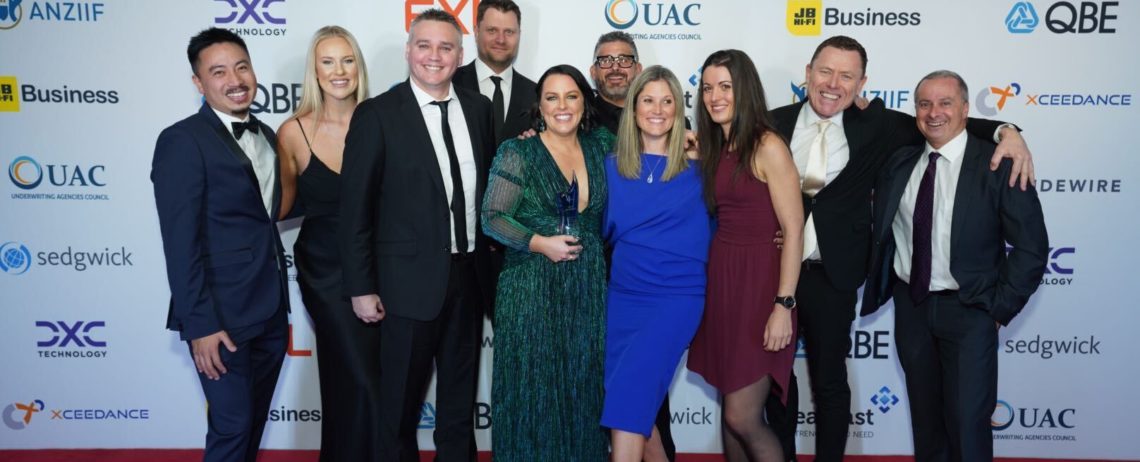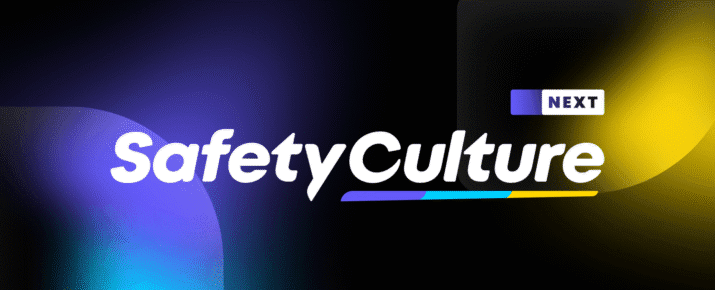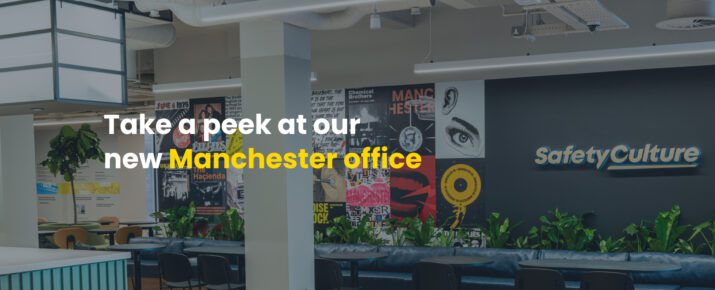Say hello to Mitti: The key to building an immunity to risk
SafetyCulture News | By | 13 Oct 2020 | 3 minute read

Mitti is a joint venture with QBE and the team here at SafetyCulture. Since inception, we’ve been encouraging our customers to proactively lean into challenges and take ownership of their risk. Whether that’s facilitating COVID safety at a retail shop with digital inspections, helping a construction site take action when hazards and issues occur, or training a fleet of drivers to deal with different conditions in their day-to-day journeys, it all comes down to mitigating risk.
We’re incredibly proud of our customers as they continue to build a genuine safety culture in their workplaces. Our partnership with Mitti means that we can propel our mission forward so that you can keep your people safe, and your business thriving.
Building an immunity to risk starts with ownership
Risk is everywhere.
The world wasn’t prepared for a global pandemic that has resulted in over a million deaths and an economic fallout that will continue to impact us for years to come. However, the businesses that we’ve seen thriving during this period are the ones who’ve taken ownership of their circumstances. These are the restaurants who’ve adapted their business model to service more takeout customers, the retailers who make hygiene a priority to attract customers, and the manufacturers who’ve changed up the layout of their production lines to keep community transmission low.
Ownership must happen at every stage of the risk management lifecycle: implementing proactive activities to prevent problems where possible, taking swift action when risk events occur, planning to lessen the impact, and preventing similar events from happening again in the future. It’s all about being on top of your game and having the mindset to continue to review, learn, and improve.
A holistic picture
There will be times when risks lie outside of your sphere of control, as is the case with extreme weather events or the economic risks arising from COVID-19. The best way to manage risk starts with building a holistic picture of all risk factors and embedding practices into your organization around managing and preparing for risk events.
Visibility
Proactive risk management starts with knowing what are all the factors that lead to risk in the business — whether that’s internal factors like a vulnerability in a supply chain or malfunctions from physical machinery — or external factors like weather hazards, political events and competitor activity. True visibility is seeing everything from all angles: it’s being aware of all the things that are going well in your business, areas that need focus, what’s going on in your industry today, and how you compare.
For internal factors, equip your team with a digital inspections tool like iAuditor and track items that fail checks. Use these failed items as “alarms”, areas to be cognizant of.
Get an external set of eyes to uncover the unseen or overlooked risks within your business. By booking in a Mitti Virtual Risk Assessment a risk consultant can highlight the key areas of risk in your business and equip you with the knowledge to be your own expert.
Preparedness
Prevention is better than a cure. The next step is looking at all the high risk factors and taking action to reduce these risks. For some, disasters and injuries can be prevented with the appropriate amount of human intervention. For other events, having the right elements in place means that once something happens, you are in good stead to combat incoming issues.
Checklists are key to ensure consistency. Checklists can be based on recommended areas uncovered in a Mitti risk assessment, or they can be compliance based, like a cleaning checklist that adheres to the current COVID-19 guidelines. Checklists encourage best practices and they make sure that critical steps are not missed.
In iAuditor, action can be taken off the back of inaccuracies found during a check. If a worker uncovers broken machinery during a routine check, they have the ability to assign an action to somebody who can do something about it.
Response
No business is immune to risk. When disaster strikes, a prepared and speedy response is exactly what’s needed to lessen the impact and reduce further risk.
Put in place emergency plans and procedures, use a learning platform like EdApp to train your people, and implement technology that allows your entire workforce to coordinate a quick response. Leverage issue response with iAuditor’s issues feature, which allows entire teams to capture problems, and work together to solve and close cases.
Get ahead with Mitti
Armed with iAuditor and Mitti, you can embed a risk culture into your business with regular inspections and personalized insights that give a quick indication of your risk levels. We want to benefit businesses who take ownership of their risk. With Mitti, you can apply for flexible business insurance that rewards proactive risk management, access iAuditor for free, and the team will continue to give insights and recommendations to help you further reduce your risk.
It’s not a matter of “out of sight, out of mind”, ‘“I’ll do it tomorrow”, or ‘it’s too expensive’, mitigating risk must be improvement driven and championed by everyone. This is the key to building an immunity to risk and Mitti is here to help you on that journey.
Mitigate risks across your business with Mitti
Important Notice
The information contained in this article is general in nature and you should consider whether the information is appropriate to your specific needs. Legal and other matters referred to in this article are based on our interpretation of laws existing at the time and should not be relied on in place of professional advice. We are not responsible for the content of any site owned by a third party that may be linked to this article. SafetyCulture disclaims all liability (except for any liability which by law cannot be excluded) for any error, inaccuracy, or omission from the information contained in this article, any site linked to this article, and any loss or damage suffered by any person directly or indirectly through relying on this information.





